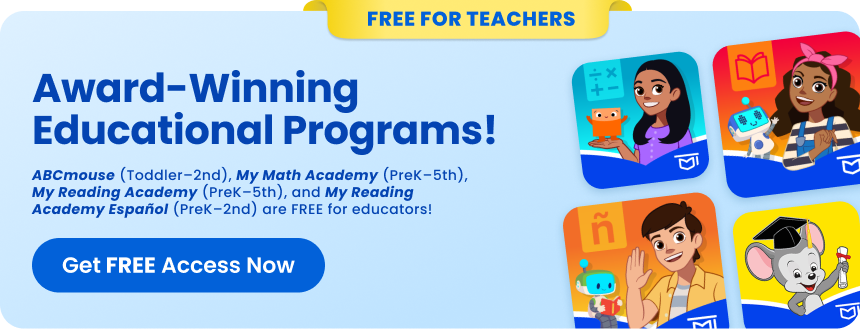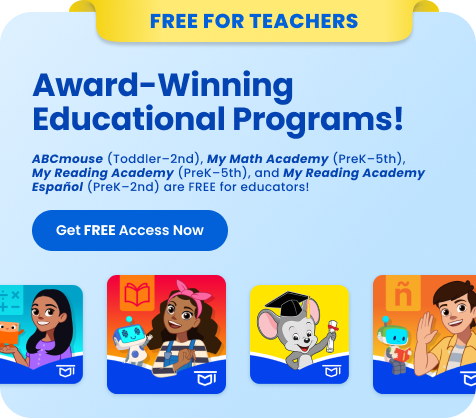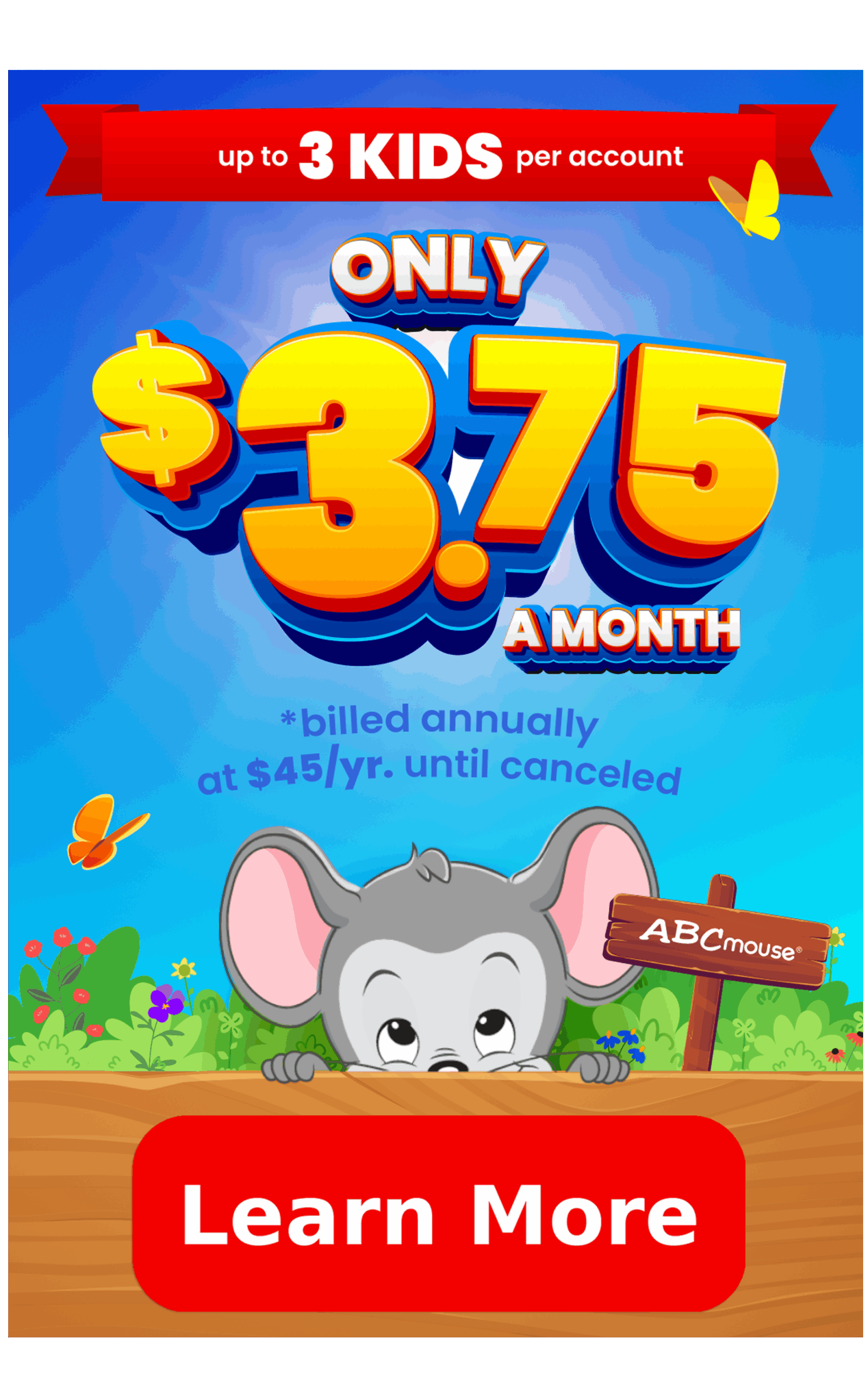
How To Teach Kindergarten Addition
Tips and strategies to help you teach your kindergartener the basics of addition.
As a parent, you have an essential role in your child’s education, especially when it comes to math. Teaching young children math is more than just numbers and equations–it’s about preparing them for a lifetime of critical thinking and problem-solving skills.
Kindergarten is a crucial stage for kids to learn basic arithmetic, including addition. As a parent, having a few effective and engaging strategies to teach addition at home can be helpful. Whether you want to supplement what your child learns in school or take a more hands-on approach, the following tips and techniques on teaching kindergarten addition can aid in making math even more fun and impactful for your little one.
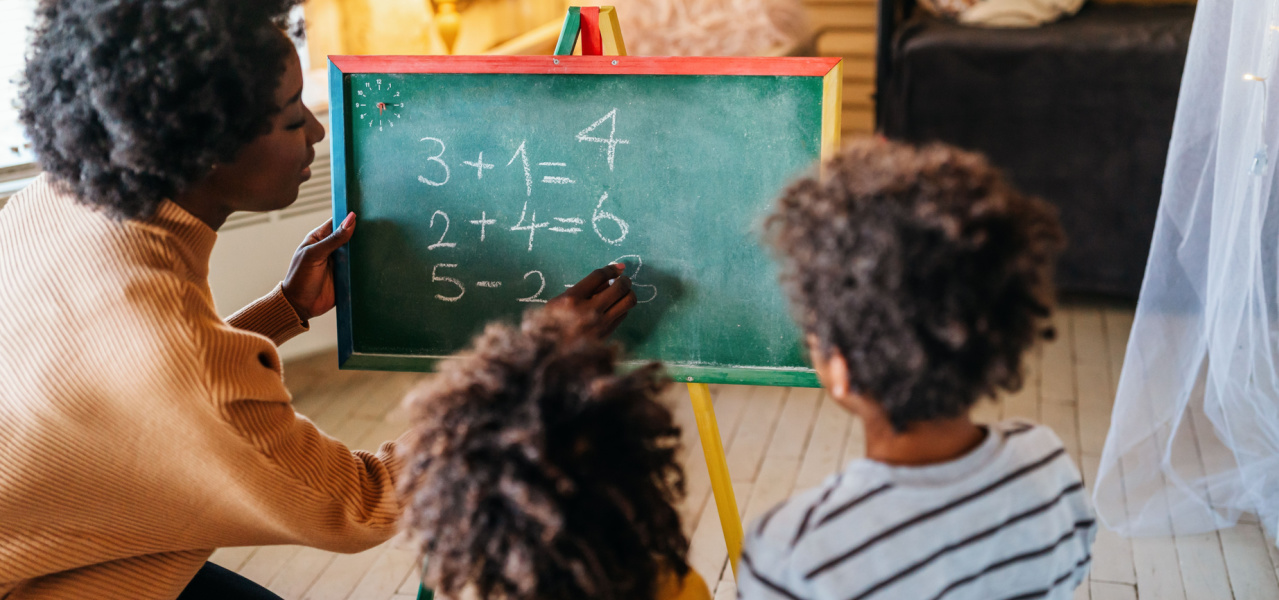
Why Addition is Important in Kindergarten
Children often encounter addition as one of their first mathematical operations, and for good reason. It is vital for understanding more complex arithmetic and mathematical concepts later in life. Addition is an intrinsic part of a child’s daily experiences, from counting toys to understanding “more” or “less.”
Mastering the concept of addition at the kindergarten level is beneficial for building confidence in math and lays the foundation for future learning.
Learning addition at the kindergarten level also helps students grow a better understanding of the part-part-whole relationship with numbers, which is the idea that numbers can be split into parts. This approach to numbers aids children in seeing the relationship between whole numbers and their component parts, and can make it easier to grasp concepts like partitioning shapes, fractions, and operations with fractions.
Furthermore, the cognitive skills developed while learning addition, such as attention to detail, logical reasoning, and problem-solving, are transferable skills that can benefit children in other subjects and beyond academics.
Understanding the Kindergarten Math Curriculum
Typically, basic addition is introduced using numbers up to 10 in most kindergarten math programs. To aid in learning, students start with counting and adding concrete/physical objects, then move to visual or pictorial representations of numbers, and then begin working with numerical symbols.
Math curriculum often aligns with educational standards, such as the Common Core State Standards in the United States, which emphasize the relationship between numbers and quantities. By understanding what is expected at this stage of education, parents can better support their children’s learning and ensure they are progressing appropriately.
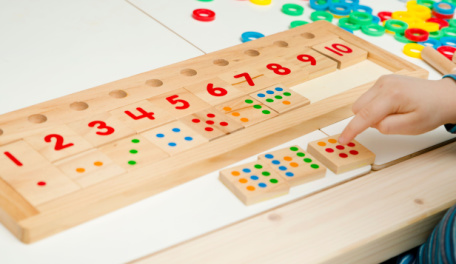
However, teaching addition in kindergarten is not just about helping children learn to count numbers or perform simple math operations. It’s about laying a robust foundation for more complex mathematical skills that they will continue to build throughout their schooling.
A study highlighted the critical role that early number skills play in this development, finding that number skills assessed in kindergarten, particularly those involving written symbols and counting, are strong predictors of mathematical outcomes in grade 1.
These skills are foundational, and their early development is crucial for later success in more complex mathematical tasks (Geary et al., 2004). Therefore, understanding these dynamics allows us as educators and parents to better prepare our teaching strategies to support our children’s long-term academic growth in mathematics.
Tip: Learn more about the math kindergarteners typically learn with this post on Important Math Concepts for Kindergarteners.
Preparing for Math Lessons at Home
To effectively teach addition at home, it’s important to gather some basic materials that will make the learning process more interactive and engaging. Counting objects such as blocks, beads, or even stuffed animals or pieces of fruit can be helpful.
It’s equally important to create a conducive learning environment. Choose a quiet, well-lit space where your child can focus without distractions. Providing a small table and comfortable chairs can make a world of difference. Remember that the goal is to make learning addition a fun and stress-free experience for you and your child.
Teaching Strategies for Kindergarten Addition
Teaching addition to kindergarten students requires a blend of approaches to cater to various learning styles. Here are some effective strategies you can employ:
- Use objects. When teaching addition to children, using physical objects such as blocks or beads can help make the concept more tangible. An effective way to do this is to ask the child to count five blocks and then add two more, allowing them to see what 5 + 2 looks like visually.
- Try visual aids. Visual aids such as addition charts or number paths can be helpful when solving math problems. A number path is a linear representation of numbers, which can be found in many board games, to help children understand number sequences and basic arithmetic.
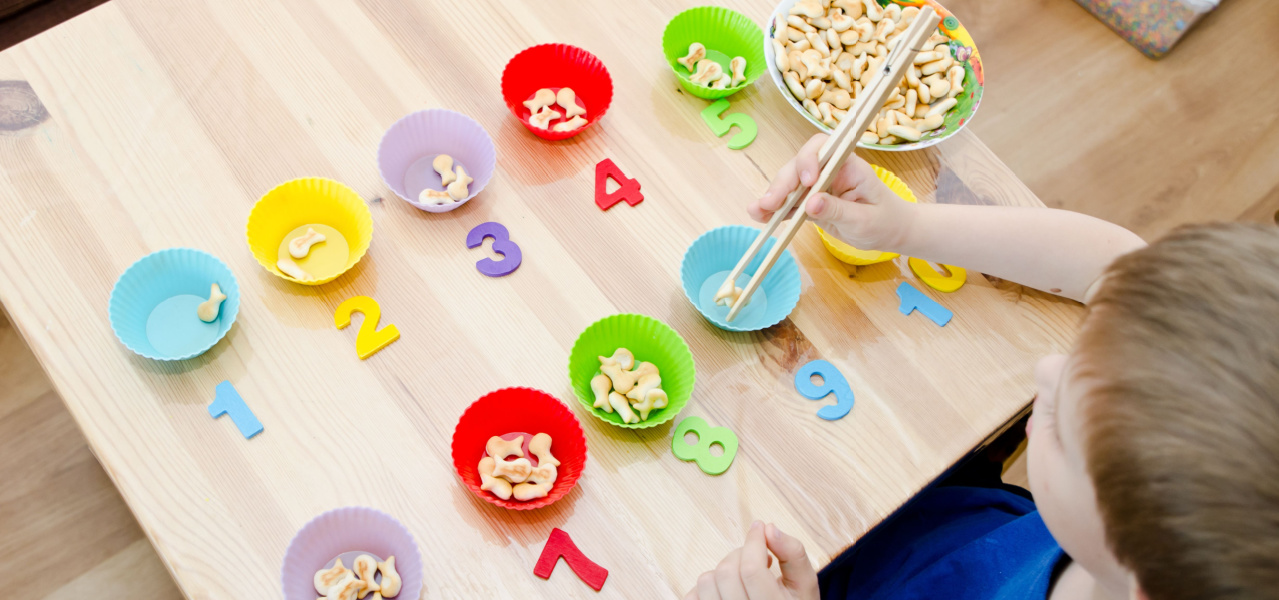
- Add in storytelling. Including stories in lessons can enhance learning. Create relatable stories involving simple addition problems, such as “If you have three apples and pick two more, how many apples do you have now?”
- Utilize games and interactive methods. Playing interactive games like the ones found on ABCmouse.com can make learning addition a fun and engaging experience. Simple games or apps focusing on basic arithmetic can help keep your child interested and motivated.
Tip: Check our our list of hands-on math activities to try with your kindergartener, as well as our list of addition activities for early elementary students.
Every child is different, so figuring out which strategies work best for your little one may take some time. The key is to be patient and flexible in your approach. Remember, the goal is to make learning addition an enjoyable and rewarding experience for your child.
More ABCmouse Math Activities and Lessons for Preschoolers & Kindergarteners
Looking for more ways to help your child develop early math skills? The ABCmouse Math Program is designed by experts to guide preschoolers and Kindergarteners through a step-by-step series of lessons, helping them build a strong foundation in counting, number recognition, and basic math concepts. Discover how the ABCmouse Math Program supports your child’s learning journey and sign up today!
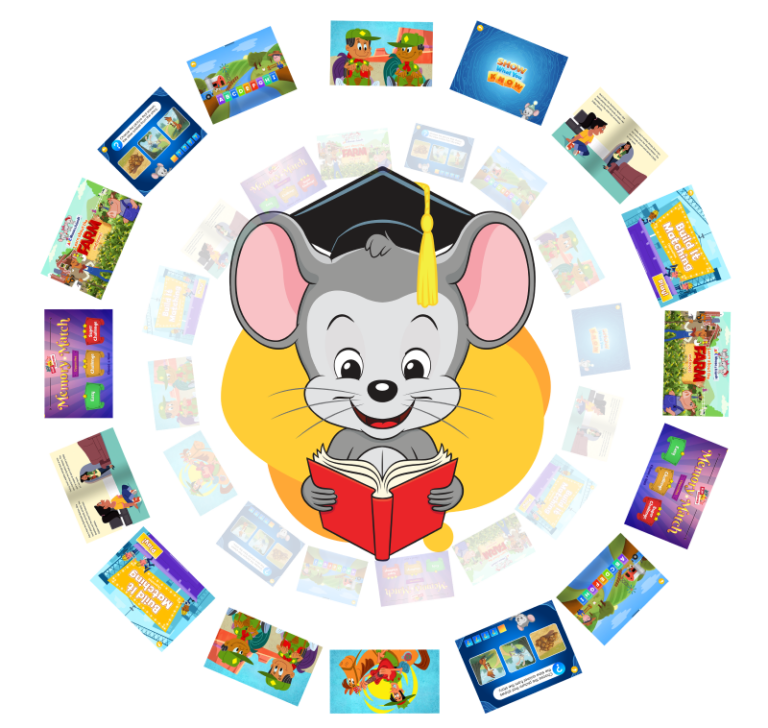
Common Challenges and How to Overcome Them
Young children may face challenges when learning addition, such as confusion between addition and subtraction, which are often introduced simultaneously. They may also need help comprehending the abstract nature of numbers and the operator symbols (+, -), which are not formally introduced and used until first grade, when transitioning from counting objects to performing calculations on paper.
Here are some helpful tips for teaching your child math:
- Use color-coded dot cards or objects to help your child differentiate between addition and subtraction.
- If your child struggles with abstract concepts, use physical objects or visual aids to reinforce the basics.
- Consistency is key when it comes to math practice. Short, regular practice sessions are more effective than infrequent, long ones.
- Celebrate small wins to keep your child motivated. A simple “Well done!” or a small reward can make a big difference.
Understanding your child’s challenges and taking a proactive approach can make the learning process smoother and more enjoyable for both of you.
Making Math a Joyful Journey
As you start teaching your child addition, remember that it’s not only about numbers. It’s also about nurturing a passion for learning and laying the foundation for future academic achievements. While the strategies and resources presented in this article can be helpful, the most important factors are your time, patience, and support.

Your child will likely cherish the happy and confident memories of learning addition with you more than the numbers they acquire. Therefore, take it slowly, appreciate the little successes, and savor this precious learning experience together.
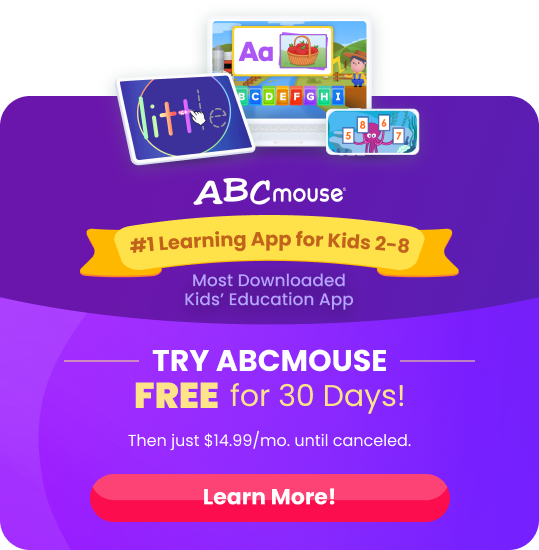
Keep Learning!
For more fun Kindergarten insights and resources, check out:
Kindergarten Addition Worksheets
These free, printable kindergarten addition worksheets give your child an opportunity to practice the new concepts they’re learning.
Browse →
Educational Games for Kindergarteners
Engage your child with interactive online games designed to help reinforce math and literacy skills.
Browse →
Kindergarten Math Worksheets
Explore our free printable kindergarten math worksheets, designed to make learning numbers, addition, shapes, and more enjoyable and interactive for young learners.
Browse →
How to Teach Phonics to Kindergarteners
Grow your child’s reading skills with these tips and tricks for teaching phonics to kindergarteners.
Browse →
ABCmouse’s expert advice review process:
Our team of ABCmouse Curriculum Experts, made up of talented professionals in early childhood education and development, take a close look at educational content and learning claims. They put in the effort to make sure our information is accurate and current. We have a certified educator or another respected authority review the content, matching their expertise with the topic at hand. They’ll make sure the content is thorough and follows the latest research and educational guidelines. If they think we can make things even better, they’ll chat with our editorial team, and we’ll make those improvements right away. Only after a reviewer gives their thumbs-up does a piece of content get the official stamp of approval in the byline.


